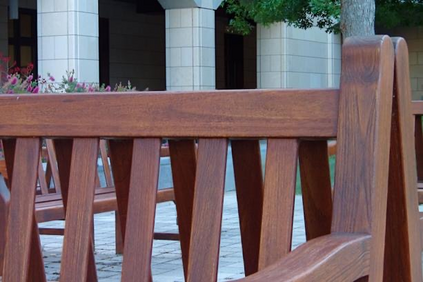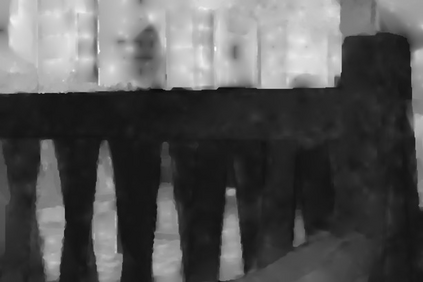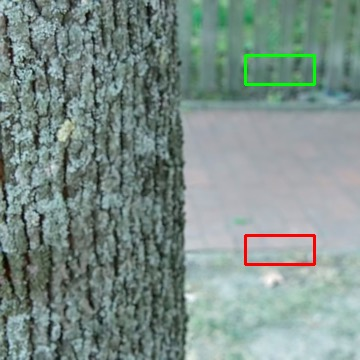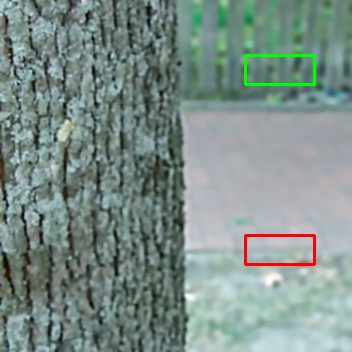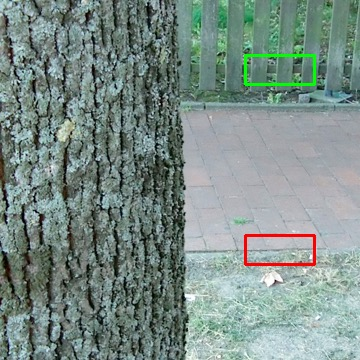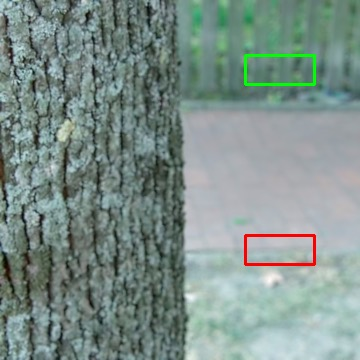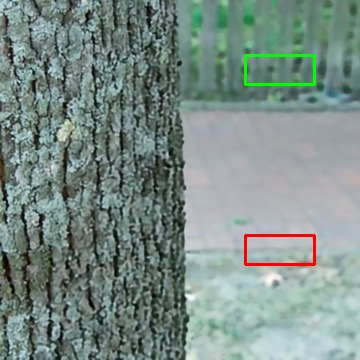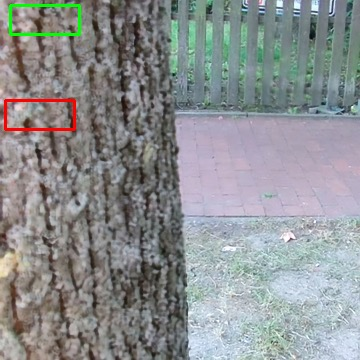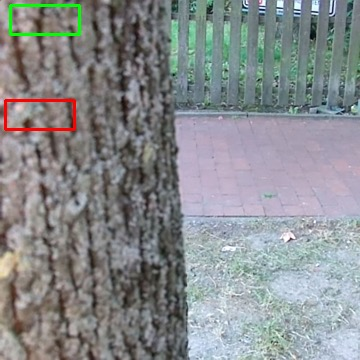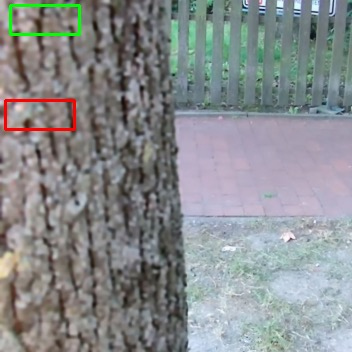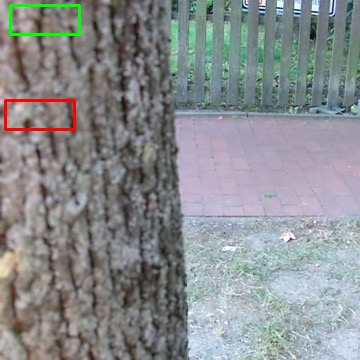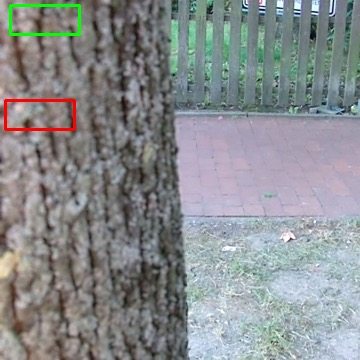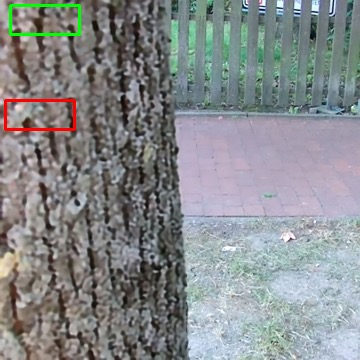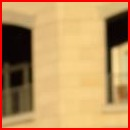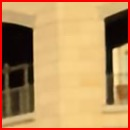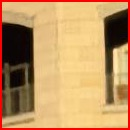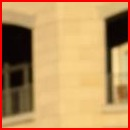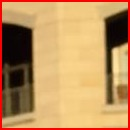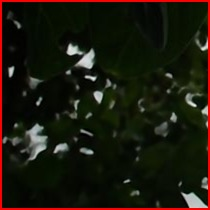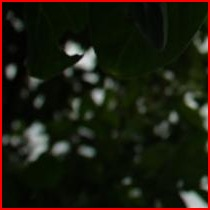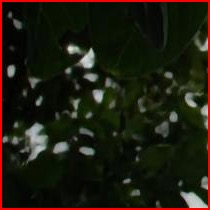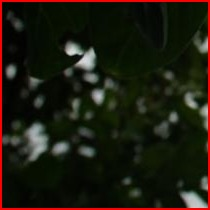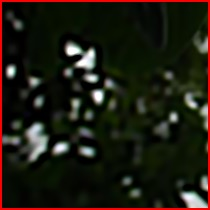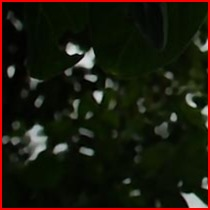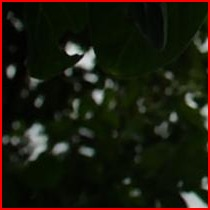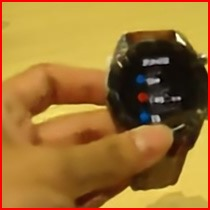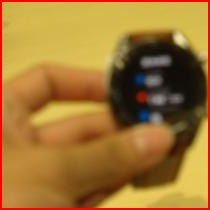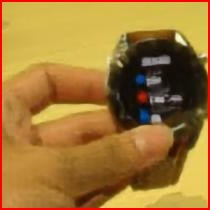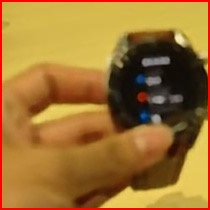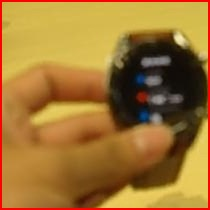In this paper, we consider the problem in defocus image deblurring. Previous classical methods follow two-steps approaches, i.e., first defocus map estimation and then the non-blind deblurring. In the era of deep learning, some researchers have tried to address these two problems by CNN. However, the simple concatenation of defocus map, which represents the blur level, leads to suboptimal performance. Considering the spatial variant property of the defocus blur and the blur level indicated in the defocus map, we employ the defocus map as conditional guidance to adjust the features from the input blurring images instead of simple concatenation. Then we propose a simple but effective network with spatial modulation based on the defocus map. To achieve this, we design a network consisting of three sub-networks, including the defocus map estimation network, a condition network that encodes the defocus map into condition features, and the defocus deblurring network that performs spatially dynamic modulation based on the condition features. Moreover, the spatially dynamic modulation is based on an affine transform function to adjust the features from the input blurry images. Experimental results show that our method can achieve better quantitative and qualitative evaluation performance than the existing state-of-the-art methods on the commonly used public test datasets.
翻译:在本文中,我们考虑的是不突出图像分流的问题。 以前的古典方法遵循两步方法, 即先降低地图估计的重点, 然后是非盲人分流。 在深层次学习的时代, 一些研究人员试图用CNN来解决这两个问题。 然而, 简单的脱焦地图组合, 代表着模糊的级别, 导致不优化性能。 考虑到脱焦模糊的空间变量属性和脱焦地图显示的模糊度, 我们使用脱焦图作为有条件的指导, 以调整来自模糊图像输入的特征, 而不是简单的相配。 然后我们提出一个简单而有效的网络, 以基于脱焦图的空间调节为基础。 为了实现这一目标, 我们设计了一个由三个子网络组成的网络, 包括脱焦估计网络, 一个将脱焦图编码成条件特性的状态网络, 以及一个基于条件特征进行空间动态调节的脱焦线网络。 此外, 空间动态调节是基于一种紧凑的转变功能, 以基于淡度地图为基础的空间调节功能, 来调整我们所使用的质量测试方法, 能够通过普通的定量测试方法, 来调整我们所使用的质量测量结果。



